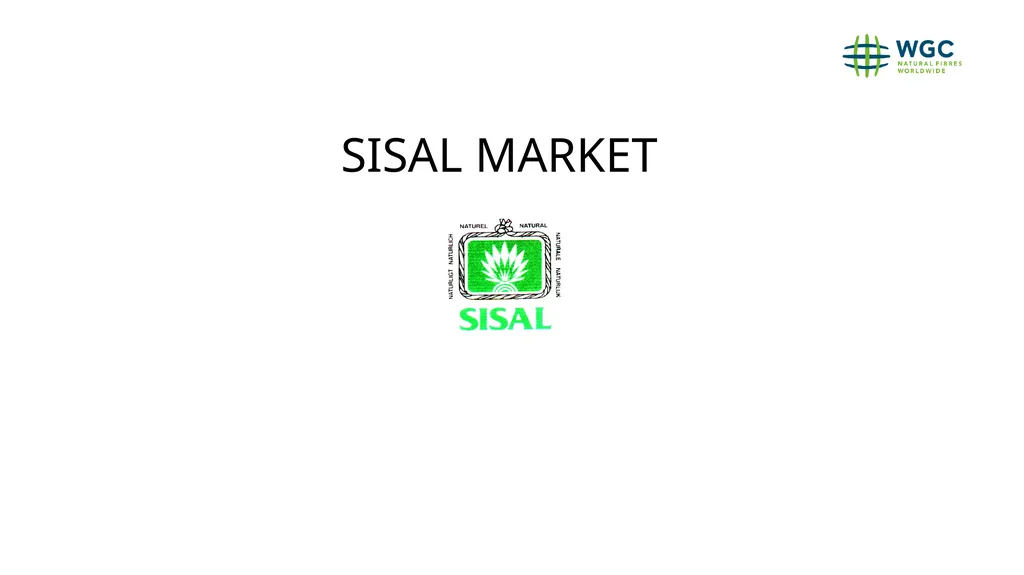
Author : aaron | Published Date : 2025-05-24
Description: SISAL MARKET Development of Sisal exports in the past two years KENYA 2017: abt. 20.140 tons 2018: abt. 22.810 tons TANZANIA 2017: abt. 25.070 tons 2018: abt. 23.450 tons MADAGASCAR 2017: abt. 6.250 2018: abt. 5.890 BRAZIL 2017:Download Presentation The PPT/PDF document "" is the property of its rightful owner. Permission is granted to download and print the materials on this website for personal, non-commercial use only, and to display it on your personal computer provided you do not modify the materials and that you retain all copyright notices contained in the materials. By downloading content from our website, you accept the terms of this agreement.
Here is the link to download the presentation.
"SISAL MARKET Development of Sisal exports in the"The content belongs to its owner. You may download and print it for personal use, without modification, and keep all copyright notices. By downloading, you agree to these terms.












